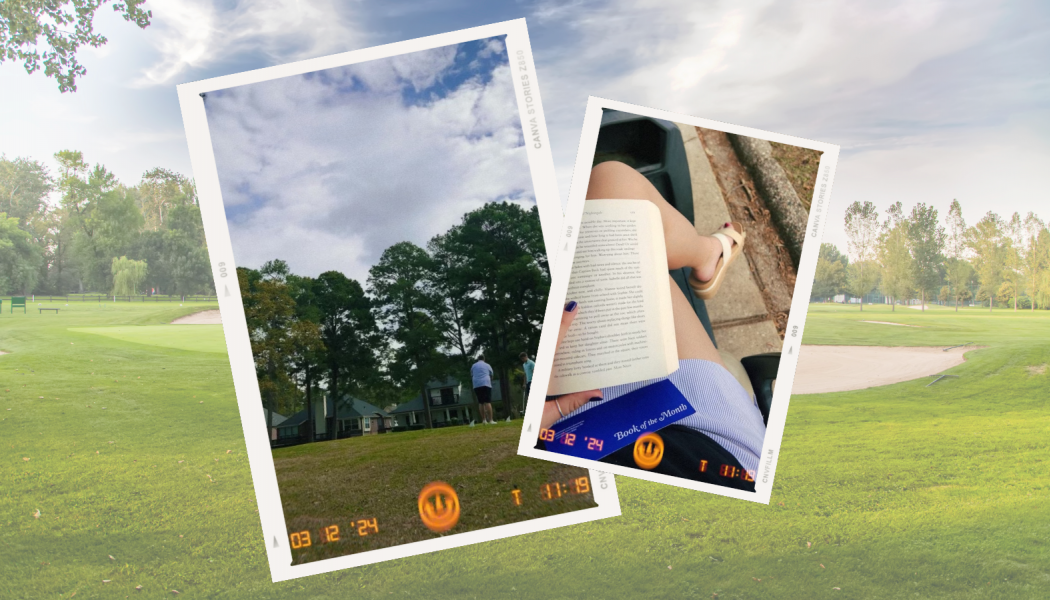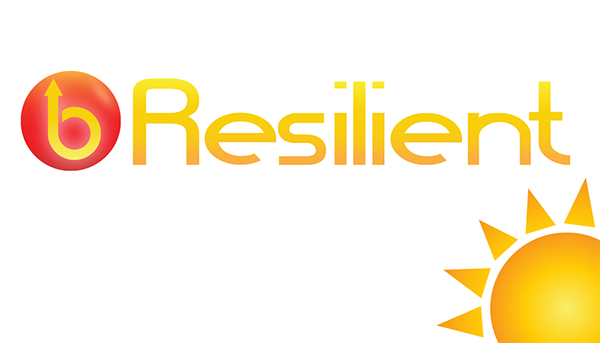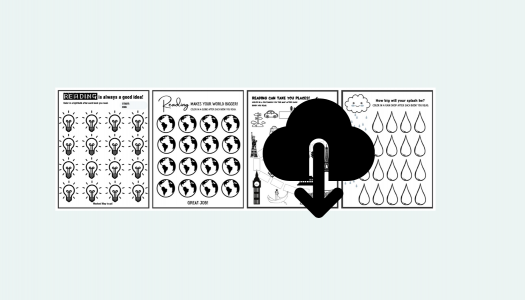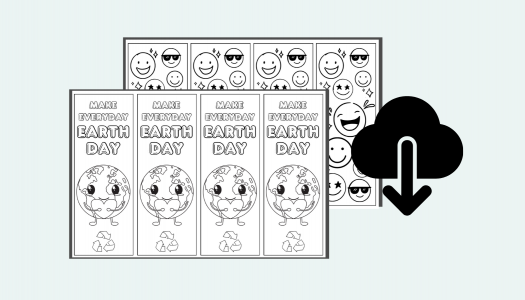
Allison Behne
On a recent trip as we went to take a family photo, my daughter offered to use her phone camera. She shared that she had downloaded an app called Lapse that lets you take a photo, but makes you wait a few hours before it shows you the image. She thought it was fun because it added a cool visual filter and was like having a disposable camera.
This made my husband and me smile and share a laugh. In a time when we enjoy everything we can do with technology, her generation is enjoying a technology that reverses certain advancements. We think it is great that we can see photos instantly and decide which ones are print-worthy, while she finds joy in waiting because it adds a layer of anticipation. Sometimes new is great, and other times we may not realize what we are missing when we just toss out the old.
This makes me think of the many developments that have changed our lives. My children would hardly recognize some of the staples of my youth: VCR tapes, cassette tapes, car keys, phone books, rotary-dial phones, Walkmans, and boomboxes, to name just a few. These changes are evident in our classrooms as well. Gone are the days of dictionaries, tape players, filmstrip projectors, overhead projectors, typewriters, and chalkboards. In some schools, even analog clocks are a thing of the past.
I doubt we will ever see a reversal in technology, but we may see a return to certain components of the past—for example, when my daughter uses her cell phone to take a picture. The quality will still be much better than a photo from an old disposable camera, but the patience of the wait and the excitement of the reveal have returned when she uses her new app. With a blend of old and new she can have the best of both worlds.
The same is true for our teaching practices. Just because something was used 20–30 years ago doesn’t mean it isn’t still good today. However, it also doesn’t mean that it is. We are so very fortunate to live in a time when we have more knowledge and more opportunities to reach our students. That doesn’t mean that because it is new, it is the best or only way. Asking questions, focusing on our purpose, and adapting to meet the needs of the children in front of us is what is important. This may be done through reinvented technologies, tried-and-true teaching practices, or a blend of both . . . The best of both worlds.
So as you look at your plans for next week, pay attention to which practices are newer, which are tried and true, and where you might find a blend of both. You may find renewed joy or anticipation as you give yourself permission to do what you know is best for the students in front of you.
As an aside, I couldn’t help but draw a parallel to what we are doing here at Teach Daily. We have taken the best parts of Daily 5 and the best parts of CAFE to create the next generation of teaching practice—Prepared Classroom. We made updates based on the latest research and the current educational environment, and kept the systems that we know work for students. Take a look at the changes.
News From The Daily CAFE
Reading Logs
April Bookmarks
Routines Lesson—Return from Recess









